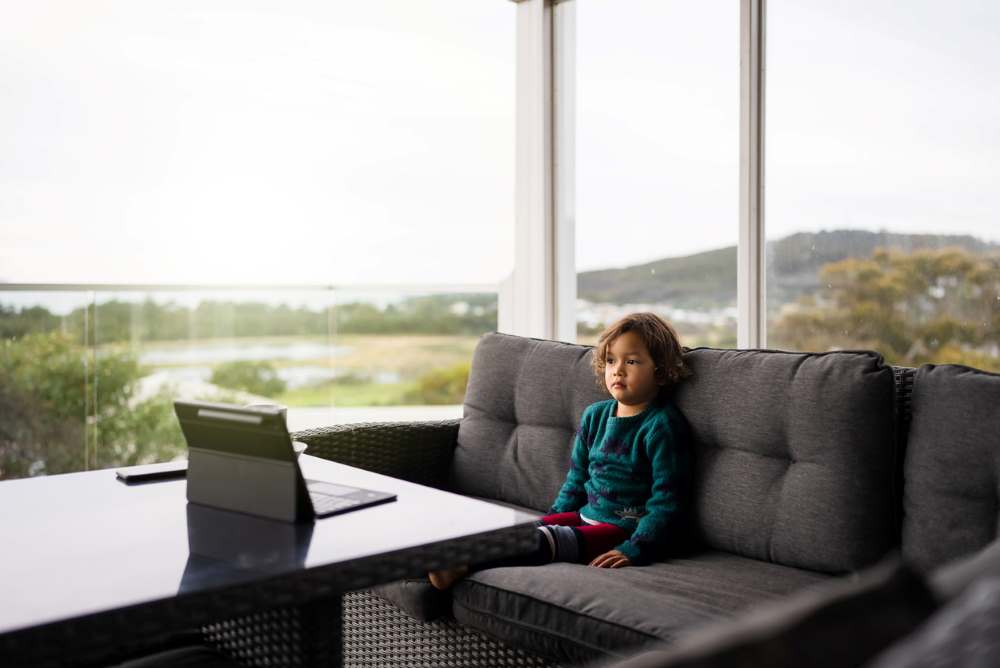
Divorce is challenging for everyone involved, but it can be particularly difficult for children. One of the biggest adjustments they face is splitting time between two homes. Moving back and forth can be confusing and emotionally taxing, especially if the child is younger or if the parents struggle to maintain a positive co-parenting relationship. However, with a bit of care and planning, you can help your child adjust to living in two homes after divorce in a way that minimizes stress and promotes their emotional well-being. Here are some tips to guide divorced parents through this process.
Create a Consistent Schedule
Consistency is key to helping children adjust to living in two homes. Set up a clear and predictable custody schedule that everyone can rely on. When children know where they’ll be on specific days, it provides a sense of stability, reducing anxiety and confusion. Whether it’s a week-on, week-off arrangement or something else, the goal is to keep the routine as regular as possible.
Experienced divorce attorneys suggest communicating the schedule to your child and explaining it in simple terms. Use a visual calendar for younger kids to help them keep track of when they will be at each home. Knowing what to expect helps children feel more secure and reduces the emotional toll of transitioning between households.
Establish a Sense of Belonging in Both Homes
It’s important for your child to feel that both homes are their home—not just their parents’. If one home feels temporary or like they are merely visiting, they may struggle with feelings of displacement. Make sure that your child has their own space in both homes, whether it's a dedicated bedroom or a special corner filled with familiar items.
Encourage them to decorate their space and keep personal belongings at both homes. This creates a sense of permanence and security. For example, having favorite toys, books, or blankets at each house can help ease the transition and make both homes feel more comfortable and familiar.
Prioritize Open Communication
Talking to your child about their feelings is crucial during this time. Encourage them to express any concerns or anxieties they may have about living in two homes. Make it clear that their feelings are valid and that you are there to listen and support them.
If they are old enough, ask for their input when planning the logistics of shared custody, such as which days they feel most comfortable spending with each parent. This gives them a sense of control during a time when much of their life feels out of their hands.
Additionally, stay in communication with the other parent to ensure that both homes maintain similar rules and expectations. When children face drastically different environments in each home, it can add stress and confusion to their already challenging situation.
Foster Positive Co-Parenting
Children thrive when they see their parents working together, even after a divorce. If possible, maintain a cordial and cooperative relationship with your ex-spouse. This doesn’t mean you have to agree on everything, but it does mean putting your child’s needs first. When children witness conflict between their parents, especially during transitions between homes, it can cause emotional distress and make the adjustment harder.
Keep communication with your ex focused on logistics and the well-being of your child. If you need to discuss disagreements, try to do so away from your child. Aim to have consistent rules, routines, and expectations in both homes to reduce confusion.
Make Transitions Smooth and Stress-Free
The time spent transitioning from one home to the other can be particularly stressful for children. To ease this, try to make drop-offs and pick-ups as smooth as possible. Have a routine that your child can rely on, such as always leaving at a specific time or with a favorite stuffed animal for comfort.
Keep goodbyes short, warm, and positive. Avoid making your child feel guilty about leaving one parent for the other, and never use transitions as an opportunity to express frustrations about your ex. Instead, focus on helping your child feel excited or calm about their upcoming time at the other home.
Be Patient and Supportive
Adjusting to living in two homes is a process that takes time. Some children may adapt quickly, while others might struggle for months. Be patient with your child and provide ongoing support as they navigate this new reality. Check in with them regularly to see how they’re feeling about the arrangement and be open to making adjustments if necessary.
If your child seems especially anxious, withdrawn, or upset, consider seeking professional support, such as counseling or therapy. Sometimes having a neutral third party to talk to can help children process their emotions more effectively.
Focus on Quality Time
One of the best ways to help your child adjust is to make the time they spend with you meaningful. Quality time doesn’t always mean planning big activities—sometimes it’s just about being present. Whether you’re helping them with homework, playing a game, or just having a conversation, these moments show your child that they are loved and supported.
Avoid overcompensating by indulging your child with material things or becoming overly permissive. What they need most is your attention, consistency, and reassurance.
Living in two homes after divorce can be a difficult adjustment for children, but with patience, consistency, and open communication, you can help make the process smoother. By creating a supportive and stable environment in both homes, fostering positive co-parenting, and prioritizing your child’s emotional well-being, you’re setting the stage for their long-term success and happiness in this new chapter of life.



























